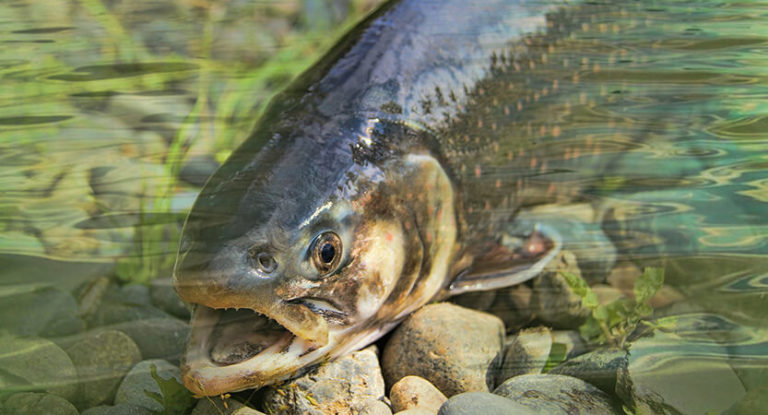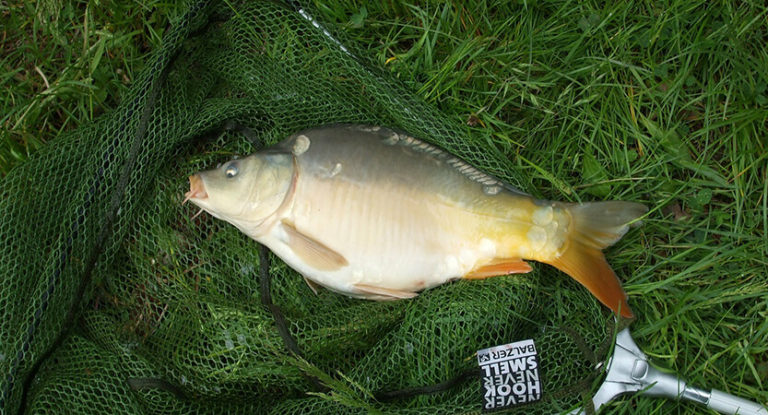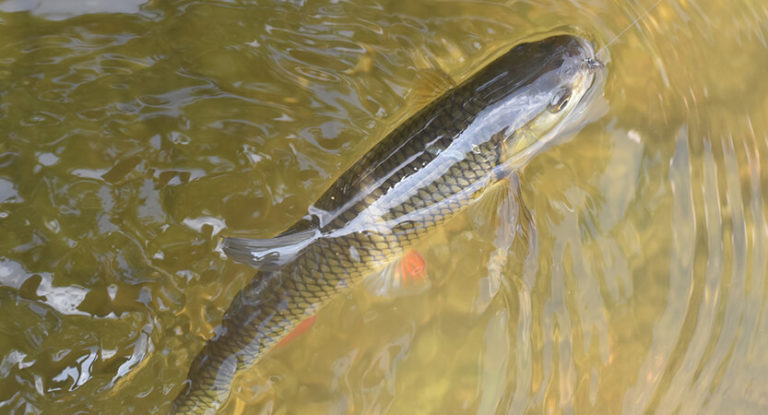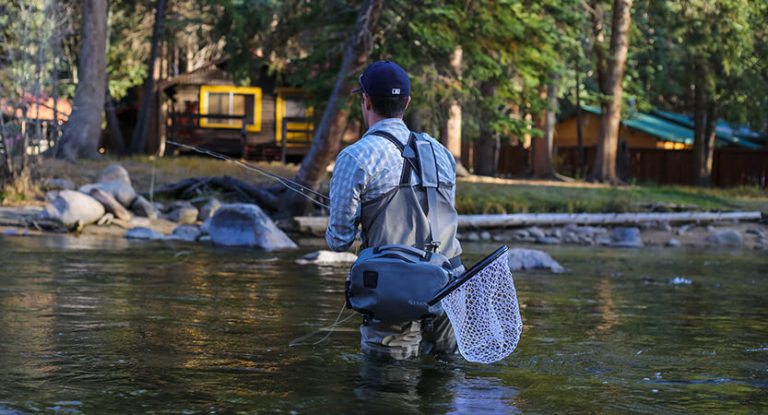Catfish belongs to the ray-finned fish and to the genus of Actinopterygii. The maximum size of the catfish is considered to be a weight of about 6-8 kg, with a length of up to 1 m. But usually catfish come across up to 60 cm and weigh up to 2 kg. The color is grayish-green, the belly is whitish, the back is black. Scales are missing. Of the features, we can distinguish the presence of two pairs of antennae in adult fish.
Here is an overview of the content of this tutorial, feel free to jump to any section you care about:
For more fishing instructions, take a look at these popular Trizily links: Snook Fishing.
Catfish Fishing
Characteristics of catfish
In this article, we will mainly talk about Amur catfish. In juveniles, a third pair is present, but disappears in fish longer than 10 cm long. It is worth noting that in the Amur basin there is another species of catfish – Soldatov catfish. This species is distinguished by living conditions, larger sizes (weighing up to 40 kg and a length of about 4 m), as well as minor external differences. As for the described species, in relation to other “relatives”, including the Soldatov catfish, the head and lower jaw of the fish are less massive. There are still some color differences, especially at a young age, but otherwise, the fish are very similar.
By the habits and way of life, the Amur catfish resembles the reed form of ordinary catfish (European). Amur catfish, mainly adhere to accessory sections of rivers and tributaries. They go into the mainstream during periods of a strong drop in water level or during freezing of sections of reservoirs of habitual existence in the winter. Som Soldatova, on the contrary, adheres to the channel sections of the Amur, Ussuri and other large reservoirs. Like most catfish species, Amur catfish leads a twilight life, being an ambush predator. Juveniles feed on various invertebrates. During periods of mass visits of migratory small fish or seasonal migration of settled species, flocking behavior of catfish was noted. They gather in groups and attack flocks of smelt and so on.
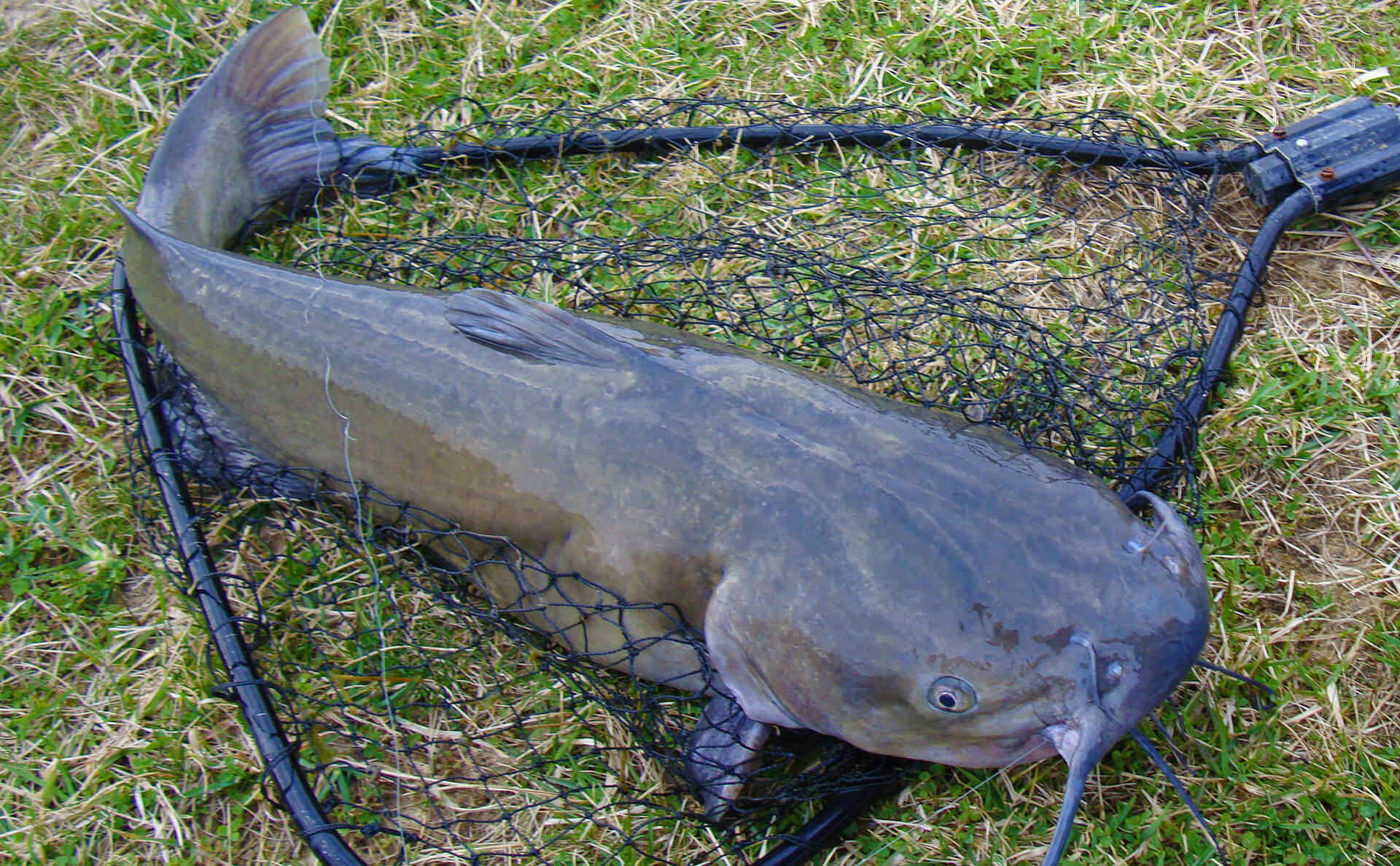
Although, in general, Amur catfish are considered lone hunters. The size of the victims can be up to 20% of the dimensions of the fish itself. In Amur, there are more than 13 species of fish that the Amur catfish can feed on. An important feature of the species is slow growth (tallness). The fish reaches a size of 60 cm at the age of 10 years or more. Despite the prevalence of the species in the Amur basin, it is worth noting that the size and population of the Amur catfish, an important influence is exerted by natural factors, such as the annual regime of the water level. In the case of long periods of large water in the fish, the food supply in the zone of constant existence decreases, which has a negative effect. Amur catfish is considered commercial fish and is caught in large quantities. Against the background of other negative factors (pollution, changing living conditions), the population is declining, and therefore the species requires restrictions on fishing and other conservation measures.
Reproduction habit of catfish
Fish become sexually mature at the age of 3-4 years. Spawning takes place in the summer, when the water warms up, most often since mid-June. It is worth noting that males, as a rule, are smaller than females, while the ratio of individuals on spawning grounds is usually 1: 1. Spawns passes in shallow areas heavily overgrown with aquatic vegetation. Unlike other types of catfish, Amur does not build nests and does not protect eggs. Sticky caviar is attached to the substrate, females lay it apart in large areas. The development of caviar is quite fast and the young catfish quickly switches to predatory nutrition.
Catfish fishing guide: Techniques, bait and gear
Catfish fishing techniques
As already mentioned, the behavior of Amur catfish is similar to its European “relatives”. The most interesting amateur way of fishing this fish is spinning. But taking into account the feeding behavior of catfish, other types of fishing using natural baits can be used for fishing. Many fishermen use various bottom and float gear.
Fishing methods and equipment directly depend on the size of the reservoirs and fishing conditions. First of all, this concerns the “long casting” equipment and the weight of the spinning nozzles. It is important to note that the size of the fish is relatively small, especially powerful gear is not required, and therefore, adjusted for other Far Eastern species, fishing rods suitable for fishing in this region can be used. In addition, taking into account the peculiarities of the reservoirs of the Far East and their species diversity, specialized fishing for Amur catfish, as a rule, is carried out on natural baits.
Spinning for catfish
Amur catfish fishing for spinning, as in the case of the European one, is connected with the bottom lifestyle. For fishing, various fishing techniques are used for jigging lures and deep-sea wobblers. In accordance with the conditions and desires of the fisherman, in the case of specialized fishing, you can use the appropriate rods for these lures. Moreover, at present, manufacturers offer a large number of such products. But still, the choice of the type of rod, reel, cords and other things, first of all, depends on the experience of the fisherman and fishing conditions.
As already mentioned, the species is not very large, but it is worth considering the possibility of catching large fish of other species. It is believed among local fishermen that the largest individuals respond to natural baits, and therefore, in case of a great desire to catch “trophy fish”, it is advisable to use various equipment for fishing for “dead fish”. Before fishing, you should definitely clarify the conditions for fishing on the river, because the Amur basin and tributaries can vary greatly depending on the region, and already choose gear for these indicators.
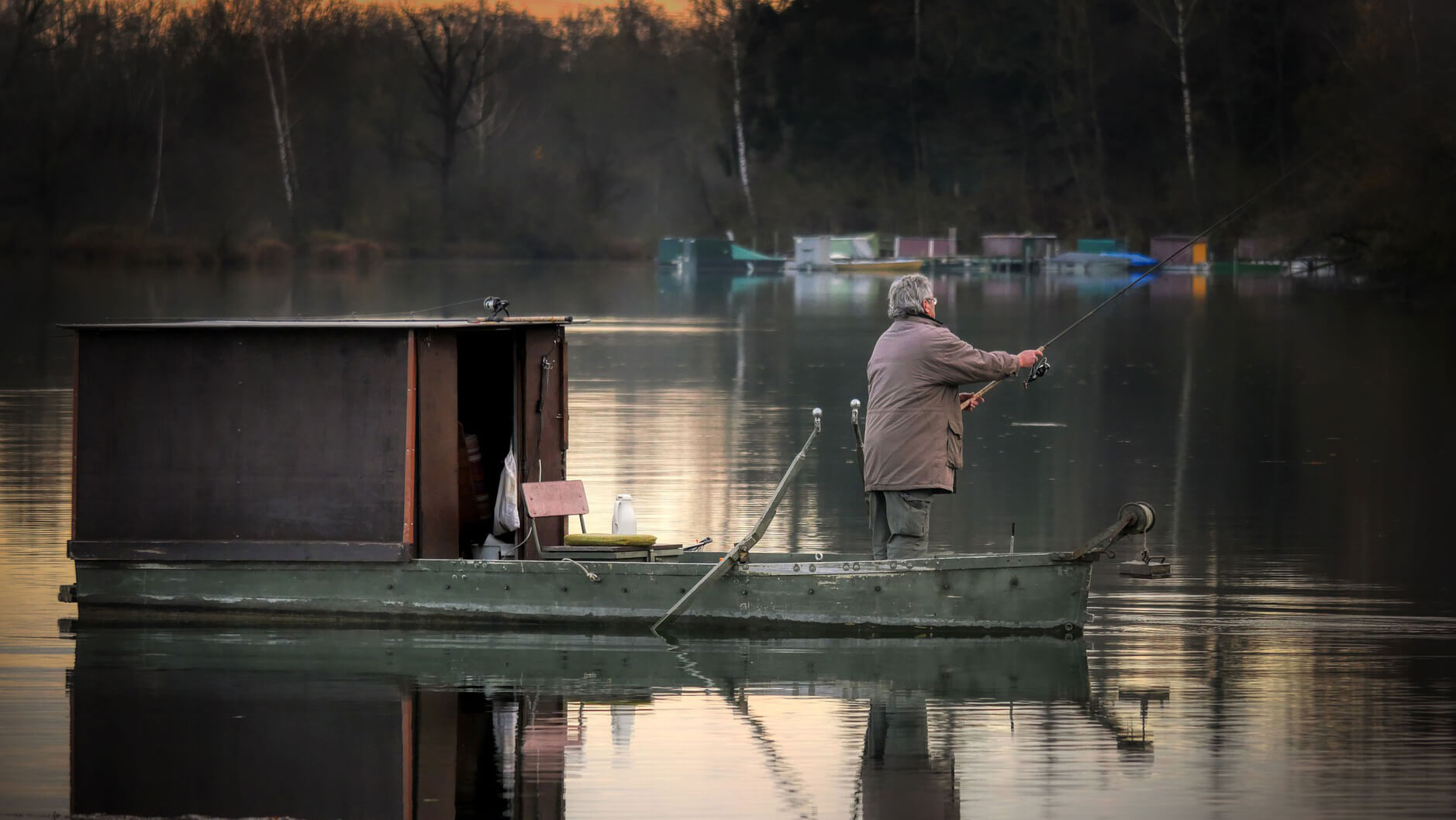
Catfish fishing bait
The choice of lures is connected with the choice of gear and fishing method. In the case of fishing, various wobblers, spinners and jig heads are suitable for spinning gear. It is worth noting that in most cases, the fish prefers large baits. For fishing on bottom and float equipment use a variety of attachments from poultry, fish, shellfish and more. Typical baits include frogs, earthen worms, and others. Like European, Amur catfish responds well to strong-smelling baits and baits, although it avoids rotten meat.
Where to catch catfish
Amur catfish lives in the basin of the Japanese, Yellow and South China Seas. Distributed in rivers, from the Amur to Vietnam, the Japanese Islands, as well as in Mongolia. It can be caught practically in the entire Amur basin: in the rivers from Transbaikalia to the Amur estuary. In addition, catfish live in lakes with runoff to the Amur basin.


![Top 7 Best Fishing Kayaks in 2023 [Buying Guides] 14 Top 7 Best Fishing Kayaks in 2023 [Buying Guides]](https://trizily.com/wp-content/uploads/2021/12/fishing-kayak-768x415.jpg)
